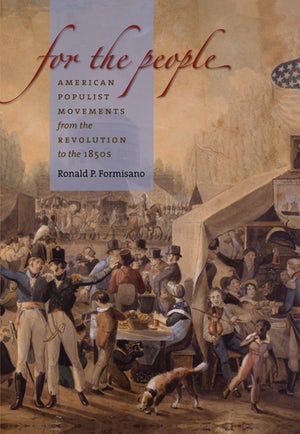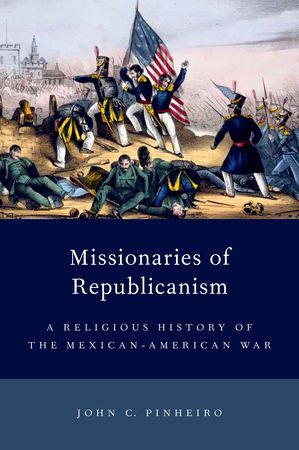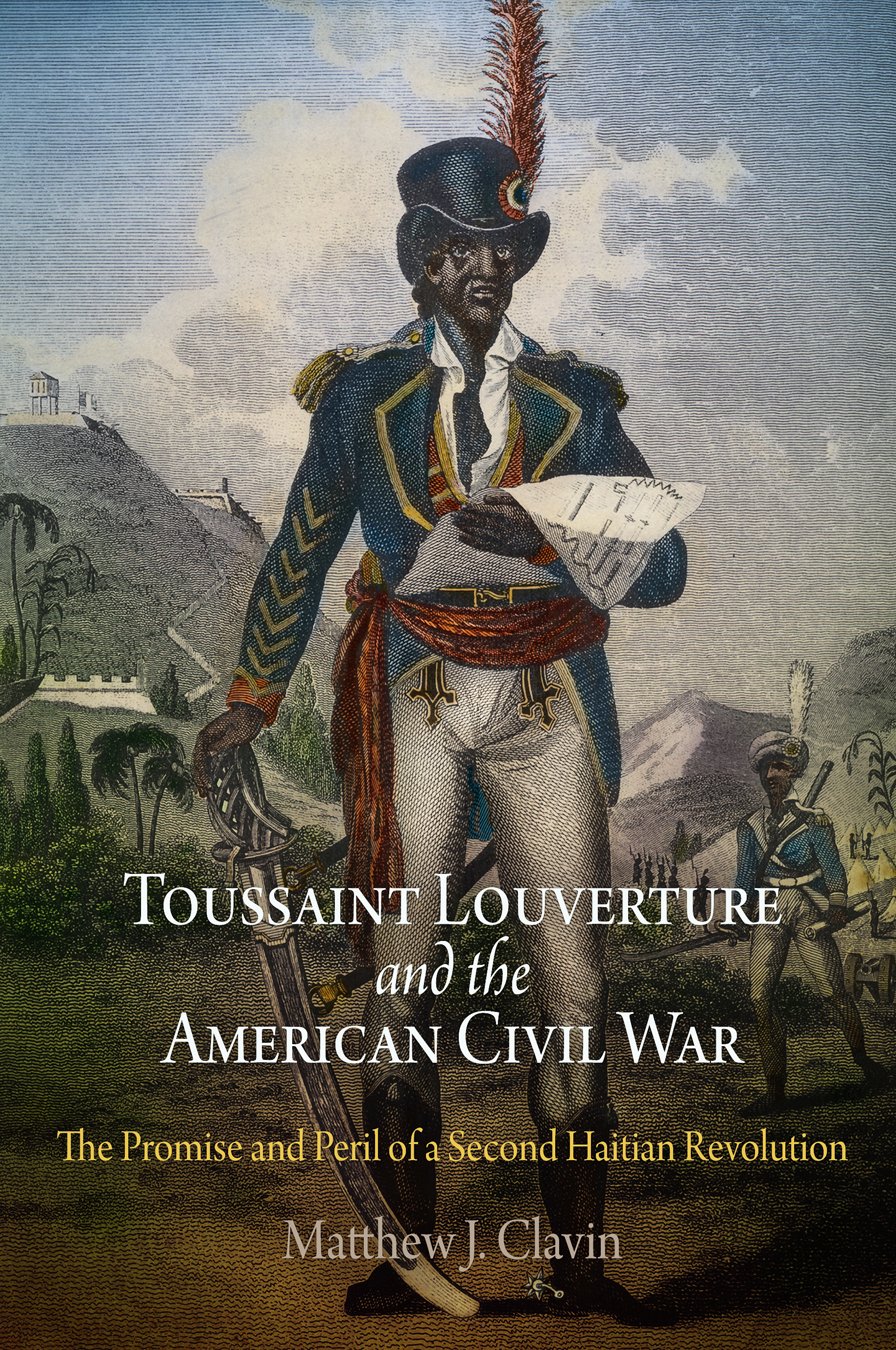The jacket of Douglas R. Egerton’s Death or Libertypromises a narrative that “brims with compelling portraits of forgotten figures.” The people who fill this book’s pages are certainly compelling, but the “forgotten” label—so often attached to histories of early African Americans—is misleading. Egerton’s elegant synthetic history was made possible by a decades-long explosion of scholarly interest in slavery, African American history, and ordinary people’s experiences in the American Revolution. Public historians and schoolteachers have worked hard to bring these stories to broader audiences, with plentiful books, public television series, Websites, and museum exhibits now available for those interested in learning about African Americans in the Revolutionary era.
I make this point not to diminish the significance of Egerton’s contribution but rather to underscore it. There is so much material out there on African Americans and the American Revolution that a synthesis has been sorely needed. The value ofDeath or Liberty is that it offers new revelations to readers familiar with this field, even as it provides a lucid and informative introduction to those not deeply immersed in it.
The book draws on two large and complex bodies of scholarship. The first is the social and political history of African Americans: their choices about taking sides in the conflict between Britain and the United States; their formation of families, communities, churches, and social institutions; their acts of resistance, self-assertion, and revolution against slavery and racism. The second concerns the relationship between slavery and the broader politics of the American Revolution: slavery’s significance to the various colonies’ decisions whether or not to rebel against Britain; its role in framing the Articles of Confederation and Constitution; its centrality in early national debates about westward expansion. The former body of scholarship tends to be organized around agency; the latter around power. One of this book’s strengths is that it brings these two analytical frameworks together. Most of the chapters begin with a vignette concerning one man or woman whose story sets in motion the major theme of that chapter. The focus on particular lives emphasizes the agency of African Americans—how they made their own history. But (to echo Marx) they hardly did so just as they pleased. Recognizing this, Egerton constructs intricate pictures of the worlds of power that African Americans lived under, participated in, and struggled against. To do so, particularly in the later chapters, he uses not only secondary scholarship but also records of the Constitutional convention, Congressional debates, and legal proceedings.
To understand African American experience under slavery, it is imperative to consider region, and not just in northern versus southern terms. Egerton is attentive to the difference geography made in Revolutionary African Americans’ lives. In his stage-setting first chapter, the narrative moves north to south, from Canada to the Caribbean, describing the history, demography, economy, and culture of slavery in each zone of British America. Three chapters at the center of the book highlight the regional variation in African Americans’ wartime and post-war experiences by focusing on three overarching areas of the colonies that declared independence: the North, where the Revolution ushered in a gradual end to slavery, if not to racism; the Upper South, where the antislavery sympathies of influential whites never materialized into emancipationist policy; and the Carolina and Georgia Lowcountry, where slavery’s grip remained firm throughout the Revolutionary period and beyond.

Interwoven with these geographically focused sections is a narrative of change over time. The second and third chapters chronicle the 1770s as a time of relative opportunity, when black men and women took advantage of the swelling natural rights rhetoric and the dislocations of war to seek better lives for themselves and their families. The 1780s, by contrast, were a period of “counterrevolution” (247). Virulent racism curtailed the freedoms even of the emancipated; politicians from both North and South joined forces to protect the interests of slaveowners. In his gripping final chapter, Egerton traces how these challenges to black freedom developed until, late in 1796, “political and international realities coincided to give new hope to antislavery activists and reverse the counterrevolutionary trend under way in much of the Republic since 1783” (265). But a full turnaround was not to be. The chapter closes in April 1803 with the death of Toussaint Louverture and the Louisiana Purchase, two events signaling how African Americans would struggle to achieve the liberation symbolized by Toussaint even as slavery expanded for six decades to come.
Readers interested in learning more about Egerton’s material may find the documentation frustrating. The citations for quotations from primary sources often lead only to secondary works. A bibliographic essay would have been a welcome addition to a book likely to be many readers’ entrée into the subject. The methodology of early African American history is innovative: it has had to be, given the limitations of the sources. Saying more about the ways that scholars have gotten around the limitations and biases of the written record might have helped readers better understand possible distortions or omissions in the narrative Egerton has pieced together.
Given the depth of Egerton’s research, I wish he had offered more assessment of the major debates and problems in the relevant scholarship. Perhaps the most vexing question likely to linger in readers’ minds is this: would black men and women in the colonies that became the United States have been better off if there had never been an American Revolution? Like all counterfactuals, this question is perhaps unfair, and impossible to answer decisively, yet it rankles. Some have argued that even if the Revolution did not liberate most African Americans from slavery and racism immediately, it at least gave them the tools and language to fight for their freedom in the decades—and centuries—to follow. Egerton seems dissatisfied with this argument, or at least with the suggestion that the long-term value of Revolutionary rhetoric can somehow make up for the short-term inadequacies of the event itself. He cautions us against judging “the Revolution by what it meant to antebellum reformers, to the Civil War generation, or even to us”; he wants us instead “to judge it by what it meant to people such as William Lee, or Colonel Tye, or Elizabeth Freeman, or Richard Allen, or Gabriel,” all of whose stories appear in this book’s pages (12).
It’s hard to determine what the Revolution meant to this cast of characters, who took different sides in the military and political struggle and experienced divergent fortunes in its aftermath. What is clearer is how Egerton himself regards the Revolution. At one point, he calls it “a Revolution that spoke in bold terms but at best limped slowly down the path of human rights” (12); at another, he notes that “for most former slaves, the pursuit of happiness and freedom, ironically, was available only in British colonies…and not in the Republic that trumpeted its support of natural rights” (197); he laments “the majority of Africans and African Americans who were betrayed by the failings of the American Revolution” (221). The language of failure and irony may actually serve to soften Egerton’s critique of the Revolution. In this framework, the problems of African Americans in the nascent republic stemmed from the incompleteness of the Revolution, from its leaders’ blindness, excessive caution, hypocrisy. This is a persuasive argument, and an appealing one, for it preserves our sense that the Revolution was fundamentally about liberty and equality. But this interpretation glosses over the ways in which the hardships endured by African Americans in the new nation stemmed from less celebrated aspects of Revolutionary ideology—including what Egerton calls in passing “the darker side of Lockean theory…its emphasis on the sanctity of property” (159). If we take the alternative view seriously, we might understand the expansion of slavery in the early republic not as the ironic result of a fight for natural rights but instead as the logical outcome of a white settler rebellion.
The earliest histories of blacks and the Revolution were written to root African Americans in the nation’s primary historical narrative, thereby securing their claims to equal citizenship with whites. Egerton makes this point with respect to Benjamin Quarles, whose influential The Negro in the American Revolution (1961) coincided with the integrationist phase of the twentieth-century black liberation struggle. A similar observation could be made of black historian-activists a century earlier, notably William Cooper Nell, author of The Colored Patriots of the American Revolution (1855). In putting before skeptical white audiences figures such as Crispus Attucks, Elizabeth Freeman (“Mum Bett”), and Prince Whipple (all of whom appear in Death or Liberty), one of Nell’s principal goals was to change the way his readers thought about people of color. But the synthesis of Revolutionary and African American historiography also has the potential to change how we think about the Revolution itself. Today, with Revolutionary-era African Americans making their way into school curricula, popular histories, and public commemorations, the challenge is to ensure that these representations do not simply reinforce triumphant narratives of heroic progress but instead invite people to think about how revolutionary the Revolution really was. Death or Liberty doesn’t resolve that persistent question, but this learned, textured, and sobering narrative provides ample fodder for debating it in new and nuanced ways.


















